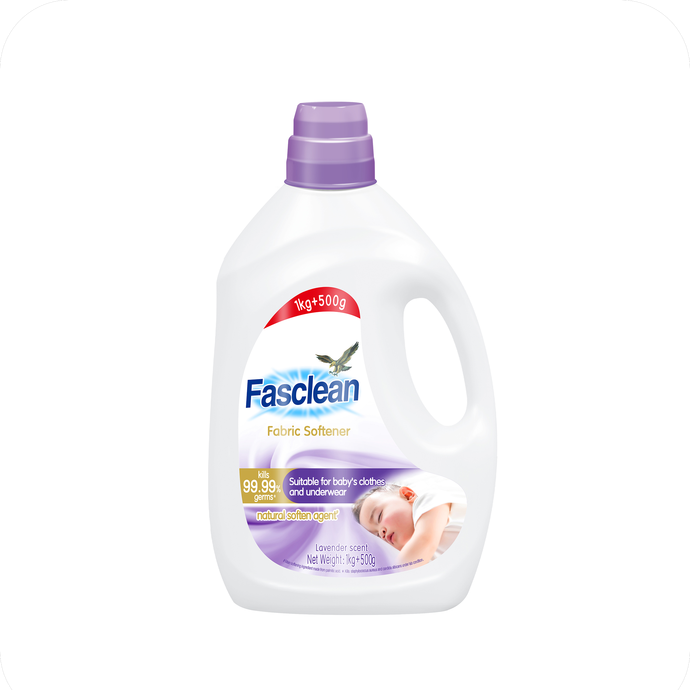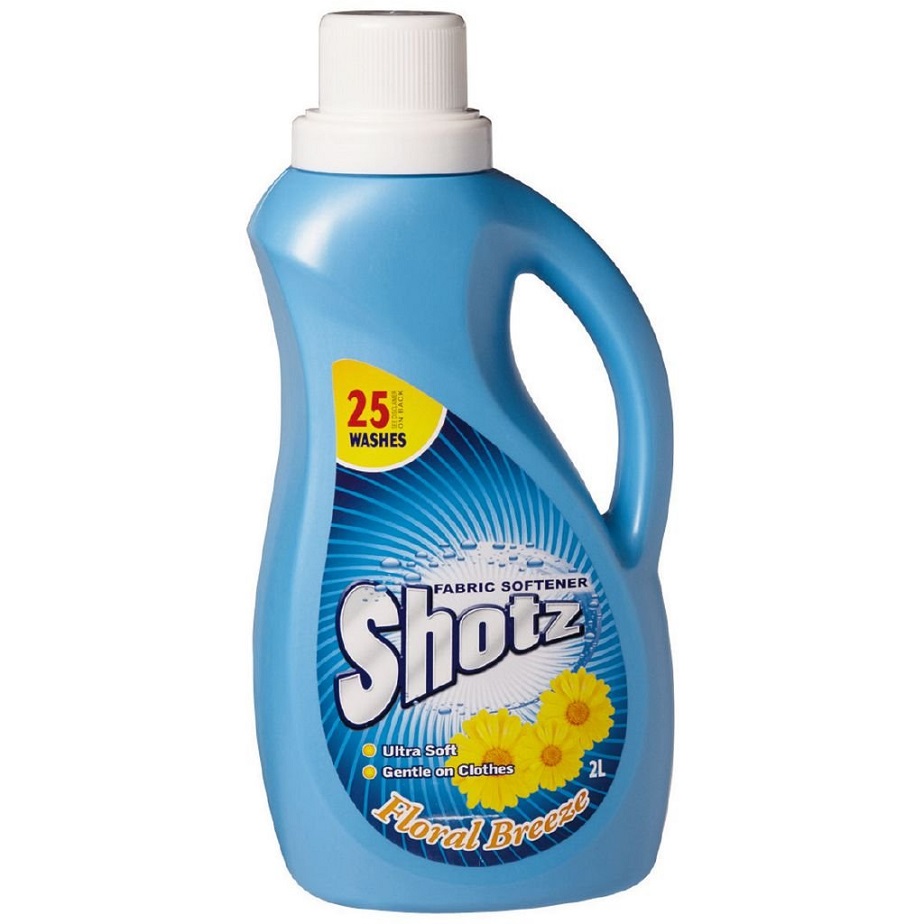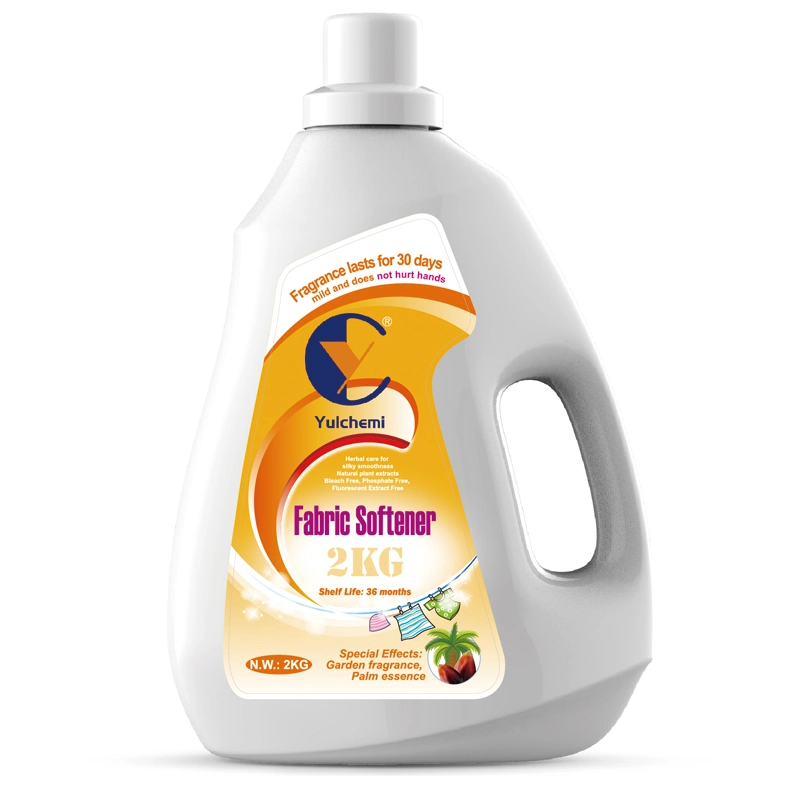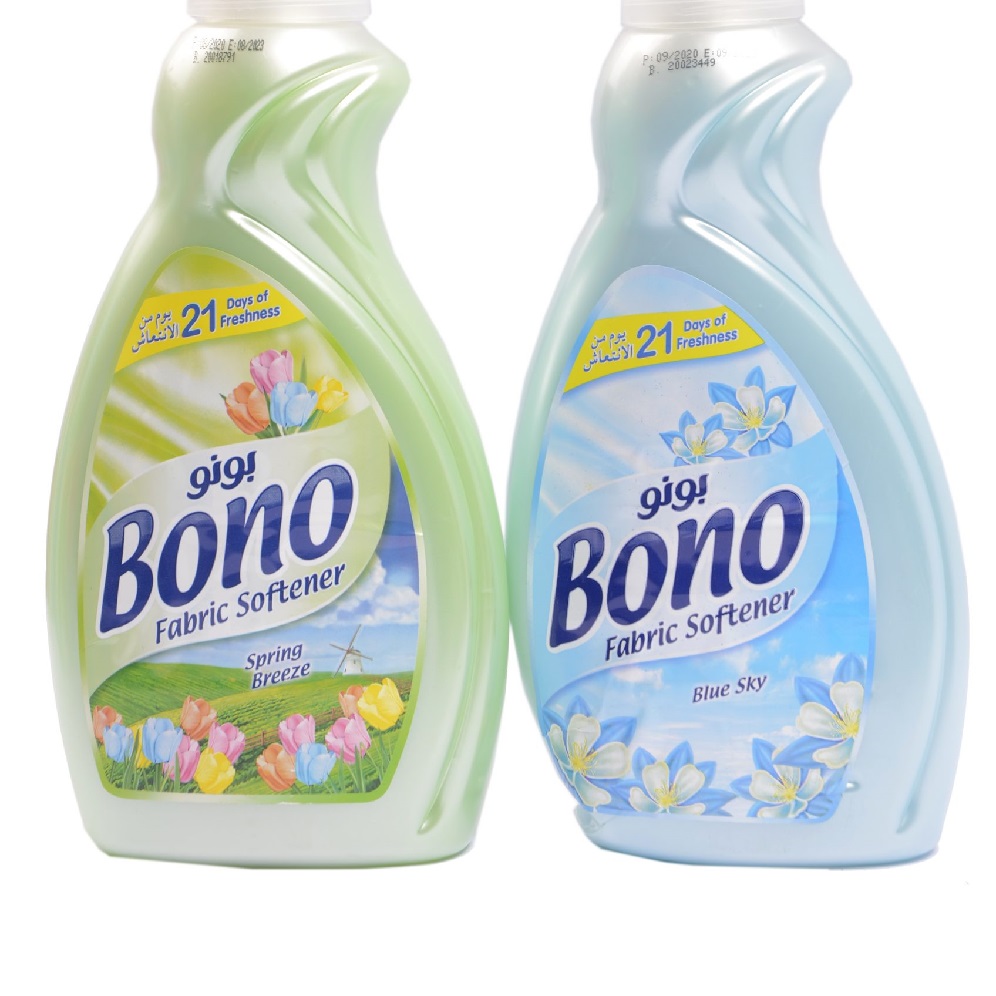Introduction to Fabric Softener Stains
Fabric softener stains are puzzling and annoying. You use fabric softener to make clothes soft and fragrant. Yet, sometimes it leaves unsightly stains. This clash between intent and outcome is frustrating. These marks may seem tough, but you can remove them. Let’s explore why and how fabric softener stain your clothes. Members often wonder, ‘does fabric softener stain clothes?’ Yes, it can. We will show you how to handle these stains and keep your clothes soft and clean.
Common Causes for Stains from Fabric Softeners
When we ask ‘does fabric softener stain clothes?’, we must look at the reasons. Here are common causes:
Fabric Softeners Composition
Most fabric softeners contain surfactants, fragrances, and oils. These can leave a film on clothing. Over time, this film may cause oily stains.
Improper Use
Adding too much fabric softener or pouring it directly on clothes can create stains. Follow the product‘s instructions to avoid this issue.
Overloading the Washer
Stuffing too many clothes in the wash can prevent the fabric softener from dispensing evenly. Overcrowding leads to stains.
Old or Clogged Dispensers
A clogged dispenser releases fabric softener at the wrong time, causing stains. Clean dispensers regularly to solve this problem.
Heat from the Dryer
Setting the dryer with high heat can bake stains into your clothes. Always check for stains before drying.
Step-By-Step Guide to Removing Fabric Softener Stains
Efficiently removing fabric softener stain is simple if you follow a few steps. Let’s break down a method that will leave your clothes free of unwanted stains.
Step 1: Rinse the Stain with Hot Water
Begin by rinsing the fabric softener stain with hot water. Check the garment label for the highest safe temperature and use it. Rinse from the back of the stain to push it out better.
Step 2: Pre-Treat with Laundry Detergent
Apply a small amount of laundry detergent directly on the stain. Let it sit for a few minutes. Then, rub it gently between fingers and rinse with cool water. Repeat if the stain persists.
Step 3: Use Stain and Odor Removal Techniques
After pre-treating, wash your garment as you normally would. Add a stain-fighting laundry pod for best results. An optional Oxi Booster Pod can help with tough stains.
Step 4: Inspect and Air Dry the Garment
Make sure the stain is gone before drying. Heat can set the stain. Prefer to air dry the garment, ideally in sunlight. Your clothes should now be stain-free and soft.
Tips to Prevent Fabric Softener Stains
Preventing fabric softener stain is better than treating them. Here’s how to avoid these pesky marks:
- Use the Right Amount: Follow the recommended amount on the fabric softener label. Using too much can cause stains.
- Do Not Apply Directly: Never pour fabric softener directly onto your clothes. Instead, use a dispenser or mix it with water before adding it to the wash.
- Keep Your Dispenser Clean: Regularly clean the fabric softener dispenser in your washing machine to prevent clogs and uneven dispensing.
- Don’t Overload the Machine: Too many clothes can trap fabric softener and cause stains. Wash smaller loads to ensure even distribution.
- Add at the Right Time: If your machine doesn’t have an automatic dispenser, add fabric softener during the rinse cycle, not before.
- Check for Stains Pre-Dry: Always inspect clothes for stains before putting them in the dryer. Drying can set stains, making them harder to remove.
By following these simple steps, you can keep your clothes stain-free and soft. And remember, if you do happen to find a stain, there are effective ways to remove it, as outlined earlier in the blog.
Alternatives to Traditional Fabric Softeners
Traditional fabric softeners might cause problems, but alternatives exist. Here are some options to keep your laundry soft without the risk of stains:
Mineral-Based Softeners: Some products use minerals instead of oils and surfactants. These prevent the oily film that causes stains.
Vinegar: A natural fabric softener, vinegar can soften clothes without leaving residue. Add half a cup to your rinse cycle.
Wool Dryer Balls: Reusable and chemical-free, wool dryer balls naturally soften fabrics in the dryer.
Baking Soda: Adding baking soda to the wash cycle can soften water and clothes. It also helps to remove any musty smells.
DIY Softeners: Make your own fabric softener using ingredients like Epsom salt and essential oils. This option is both eco-friendly and gentle on fabrics.
Choosing these alternatives not only helps avoid stains but also reduces chemical use. Your clothes stay soft and your laundry routine becomes more eco-conscious.
When to Choose Professional Cleaning
Sometimes, despite your best efforts, stubborn fabric softener stains won’t come out. If you’ve tried every method and the stain lingers, professional cleaning might be your solution. Here’s when to consider it:
- Persistent Stains: If you’ve repeated the cleaning process and the stain remains, professionals can help.
- Delicate Fabrics: Some materials are too fragile for regular stain removal tactics. Dry cleaners specialize in these.
- Lack of Time: Busy schedules can make DIY stain removal a challenge. Save time with professional services.
- Specialty Garments: Items like wedding dresses or suits often require expert care. Don’t risk damage.
- Failed DIY Methods: If home remedies have not worked, it’s time to hand it over to the experts.
Choose a reputable cleaning service with experience in fabric softener stain. Check reviews and ask about their methods. Professional cleaners use advanced techniques and solvents that can effectively remove fabric softener stains without harming your garments. Remember, investing in professional cleaning can extend your clothing’s life and appearance, making it worth the cost for those treasured pieces.
FAQ: Addressing Common Concerns about Fabric Softener Stains
Can fabric softener be removed once it stains clothes?
Yes, fabric softener stains are not permanent. You can remove them by washing with a good detergent and following specific cleaning methods.
Why does fabric softener stain clothes?
Fabric softener stains clothes due to its ingredients. Oils and surfactants in fabric softener can leave a residue that causes stains.
Will vinegar remove fabric softener stains?
Vinegar, being a natural softener, can help remove fabric softener stains. Add it to the rinse cycle for best results.
Are there any home remedies for fabric softener stains?
Home remedies like baking soda and DIY softeners with Epsom salt can help remove stains and soften clothes.
Can drying clothes with fabric softener stains make them worse?
Yes, heat from the dryer can set the stains. Always air dry garments until you are sure the stains are gone.
Is it better to use alternative softeners to avoid stains?
Alternatives like mineral-based softeners, vinegar, and wool dryer balls are less likely to leave stains on your clothes.
For more information on removing and preventing fabric softener stains, refer to the previous steps and tips in this blog. Armed with this knowledge, you can enjoy soft, fragrant, and stain-free laundry every time.



